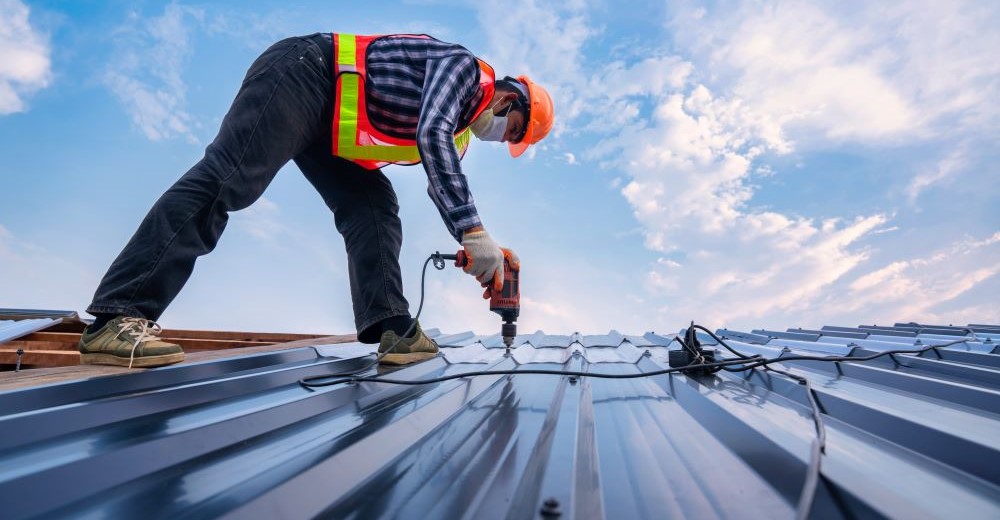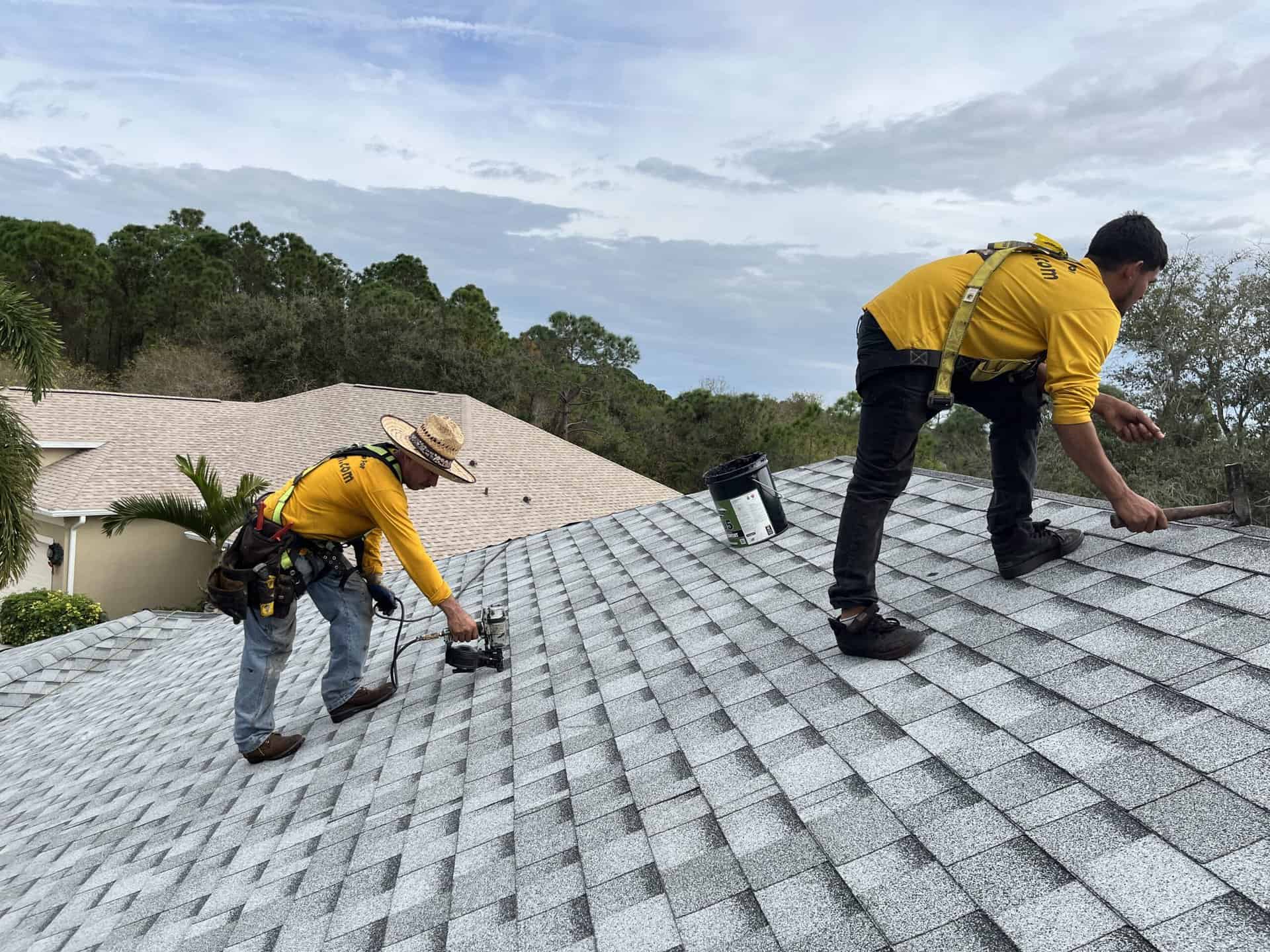Experienced and Trusted Northeast Ohio Roofing Contractors for each Task
Experienced and Trusted Northeast Ohio Roofing Contractors for each Task
Blog Article
A Comprehensive Overview to the Setup Refine of a Skylight Roof Covering
The installment of a skylight roofing is a multifaceted process that calls for careful planning and implementation to guarantee optimal performance and aesthetic appeal. This guide will certainly outline the vital actions entailed, from selecting the proper skylight type to the essential tools and products required for a successful setup. Comprehending the subtleties of structural stability and waterproofing is paramount, as these variables directly affect the durability of your skylight. As we explore each phase, it comes to be clear that interest to information is not simply helpful but vital for attaining a seamless assimilation of natural light right into your room.

Recognizing Skylight Types
When thinking about a skylight installment, it is important to comprehend the various types available, each created to accomplish different aesthetic and functional demands. The most common kinds of skylights consist of dealt with, vented, tubular, and operable models.
Set skylights are non-opening systems that serve largely to supply natural light and improve indoor areas. Vented skylights, on the other hand, feature a device that permits them to open, promoting air movement and minimizing humidity degrees.
Tubular skylights are small and created to catch sunshine via a tiny dome on the roof covering, carrying it down a reflective tube right into the living space. This type is helpful for smaller areas or areas that require added light without endangering ceiling height. Operable skylights combine both all-natural light and air flow, making them functional in numerous environments.
Each skylight type uses unique advantages, and the selection relies on elements such as the meant use the room, regional environment, and building style. Hence, understanding these choices is essential for making an informed decision.
Getting Ready For Setup
Choosing the appropriate type of skylight is just the start; ample preparation for installation is vital for ensuring an effective task. Prior to starting the installment process, it is essential to assess the structural integrity of the roofing system where the skylight will be installed. This entails checking for any kind of indications of damages, such as rot or leakages, which may lead and endanger the installation to future issues.
Following, it is necessary to plan the area of the skylight meticulously. Consider variables such as sunshine exposure, potential blockages (like trees or surrounding buildings), and the total aesthetic appeals of the room. Marking the location plainly will help in imagining the last outcome and help prevent mistakes during installation.
Additionally, reviewing neighborhood building regulations and getting essential authorizations is crucial to make certain conformity with regulations. This action will aid avoid prospective penalties and make sure the safety and security and validity of the setup.
Tools and Materials Needed
A successful skylight setup requires a certain set of products and tools to guarantee precision and performance throughout the process. Necessary devices include a measuring tape, degree, circular saw, and energy knife, which are critical for exact measurements and cutting. A drill and proper drill little bits are necessary for producing holes for installing braces, while a hammer and screws or nails are required for protecting the skylight in position.
In addition to devices, several materials are necessary for an appropriate setup. The skylight device itself need to be picked based upon the size and type ideal for the roofing system. Flashing kits, which consist of steel items created to avoid water leakage, are critical for making sure a watertight seal. Roof covering cement and caulking are likewise called for to supply extra waterproofing around the skylight sides.
Safety and security tools, such as gloves, goggles, and a construction hat, must not be neglected to protect versus great site potential risks during the setup. Finally, tarpaulins or go down fabrics can be advantageous to capture particles and secure the inside of the space listed below. Jointly, these devices and products lay the structure for an effective skylight setup.
Step-by-Step Installment Process
Effectively setting up a skylight includes an organized method that makes certain both performance and visual appeals. Begin by marking the wanted location on the ceiling, ensuring it aligns with the structural parts of the roofing system. Next off, cut an opening that represents the measurements of the skylight structure, taking care to avoid any electric wiring or pipes.
Once the opening is prepared, set up flashing around the boundary to draw away water away from the skylight. Position the skylight into the opening, ensuring it sits flush with the roofline.
Next, apply roof covering concrete along the sides of the skylight and around the flashing to create a water tight seal. Appropriately checking the skylight makes sure resilience and boosts its visual allure, providing an attractive source of all-natural light for years to come.
Completing and Maintaining Your Skylight
After the installation of your skylight is total, it's important to finish up the process by making certain that all finishing touches are used and appropriate maintenance regimens are developed. Begin by checking the inside and exterior seals for any type of gaps or variances that could bring about leaks. Correct securing is critical for the durability of your skylight.
Following, clean the glass surface with a gentle, non-abrasive cleaner to preserve clearness and improve natural Click This Link light penetration. Prevent extreme chemicals that could damage the structure or seals. On a regular basis look for particles accumulation around the skylight, as this can lead to water drainage issues and might require periodic this post cleansing.
Develop a maintenance timetable, ideally every 6 months, to analyze the problem of the skylight. Seek signs of wear, consisting of degeneration of seals or framework materials. Address them immediately to avoid further damages. if you notice any type of problems.
Conclusion

The installment of a skylight roofing system is a multifaceted procedure that needs careful planning and implementation to guarantee optimal efficiency and aesthetic appeal.Picking the proper kind of skylight is simply the start; ample preparation for installment is essential for making sure an effective task.An effective skylight installment requires a particular set of devices and materials to make sure precision and performance throughout the procedure.After the setup of your skylight is full, it's crucial to cover up the procedure by guaranteeing that all finishing touches are used and correct upkeep regimens are developed. Guaranteeing architectural honesty, appropriate flashing installation, and a leak-proof seal are important for the skylight's efficiency and durability.
Report this page